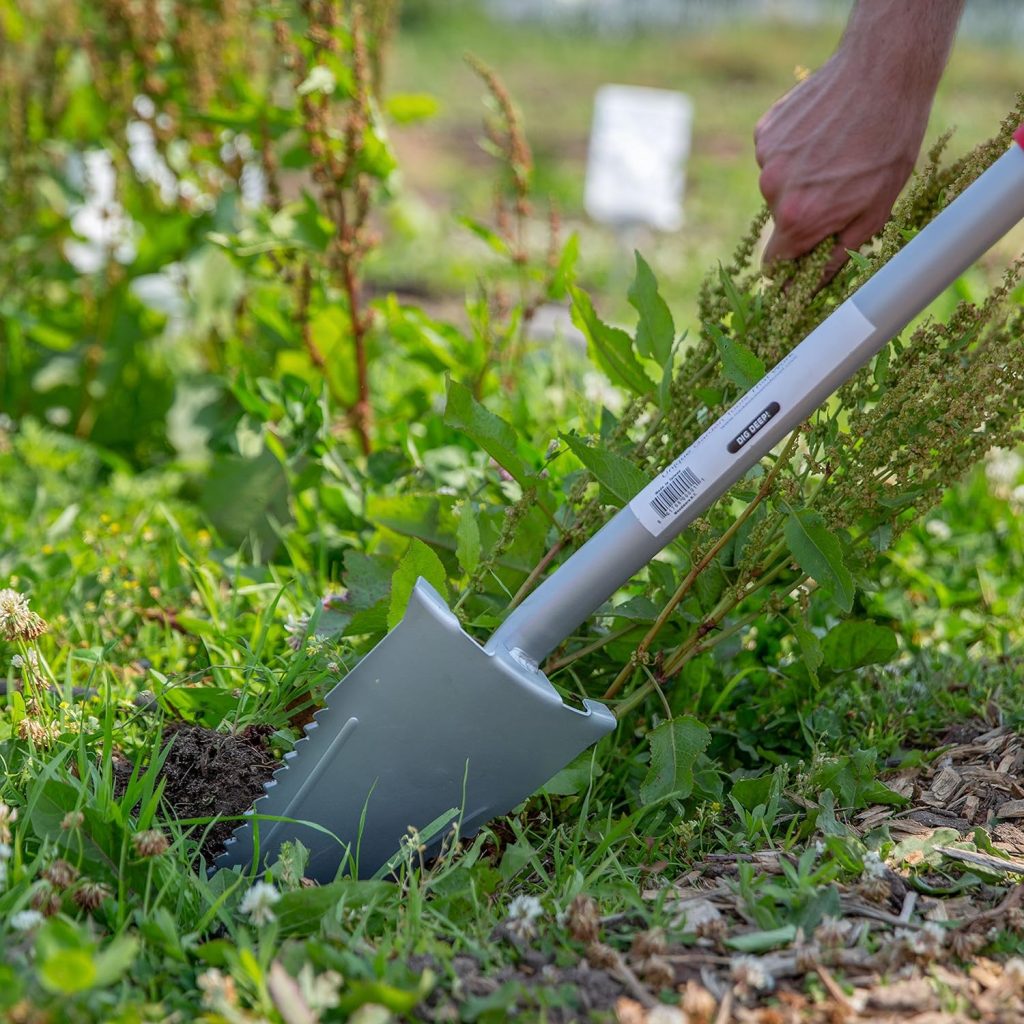Soil Erosion Prevention
Soil erosion prevention measures are essential strategies to protect and preserve soil health, prevent land degradation, and maintain agricultural productivity.
Soil erosion, the process by which soil is displaced from one location to another, is a significant environmental concern worldwide. It not only degrades soil quality but also affects water quality, biodiversity, and agricultural productivity.
Understanding the causes of soil erosion is crucial for implementing effective prevention measures.
Key factors contributing to soil erosion include:
- Water Erosion: Caused by rainfall and surface runoff, leading to rill and gully formation.
- Wind Erosion: Occurs in arid and semi-arid regions, where wind carries away loose soil particles.
- Human Activities: Deforestation, improper land use practices, overgrazing, and construction activities accelerate soil erosion.
Soil Erosion Prevention Measures
Implementing appropriate prevention measures is essential to combat soil erosion and preserve soil health. Here are some effective strategies:
Vegetative Measures
- Planting Cover Crops
- Cover crops such as legumes, grasses, and shrubs help hold soil in place with their roots, reducing erosion.
- They also improve soil structure, increase organic matter content, and enhance water infiltration.
- Contour Farming
- Plowing perpendicular to the slope contour reduces water flow velocity, minimizing soil erosion.
- Contour farming also involves planting along the contour lines to create barriers against runoff.
- Buffer Strips
- Planting strips of vegetation along water bodies or between fields and water bodies helps filter sediments and pollutants from runoff.
- These strips absorb excess nutrients, preventing them from entering waterways.
Mechanical Measures
- Terracing
- Terracing involves creating steps on steep slopes, reducing the gradient and slowing down water flow.
- It effectively prevents soil erosion by trapping sediment and allowing water to infiltrate the soil.
- Silt Fencing
- Silt fences are installed along construction sites or areas prone to erosion to trap sediment-laden runoff.
- They are made of geotextile fabric or wire mesh and are effective in controlling sediment movement.
- Gabions and Retaining Walls
- Gabions, wire baskets filled with rocks, and retaining walls help stabilize slopes and prevent soil erosion.
- They reduce the impact of water flow and protect vulnerable areas from erosion.
Soil Management Practices
- No-Till Farming
- No-till farming minimizes soil disturbance by eliminating conventional plowing.
- It preserves soil structure, increases water retention, and reduces erosion by leaving crop residues on the soil surface.
- Mulching
- Applying organic or synthetic mulch to the soil surface helps prevent erosion by shielding it from raindrop impact and reducing surface runoff.
- Mulch also regulates soil temperature, conserves moisture, and suppresses weed growth.
- Soil Conservation Practices
- Practices such as crop rotation, contour plowing, and agroforestry promote soil conservation and reduce erosion.
- They maintain soil fertility, improve water infiltration, and enhance overall ecosystem resilience.

